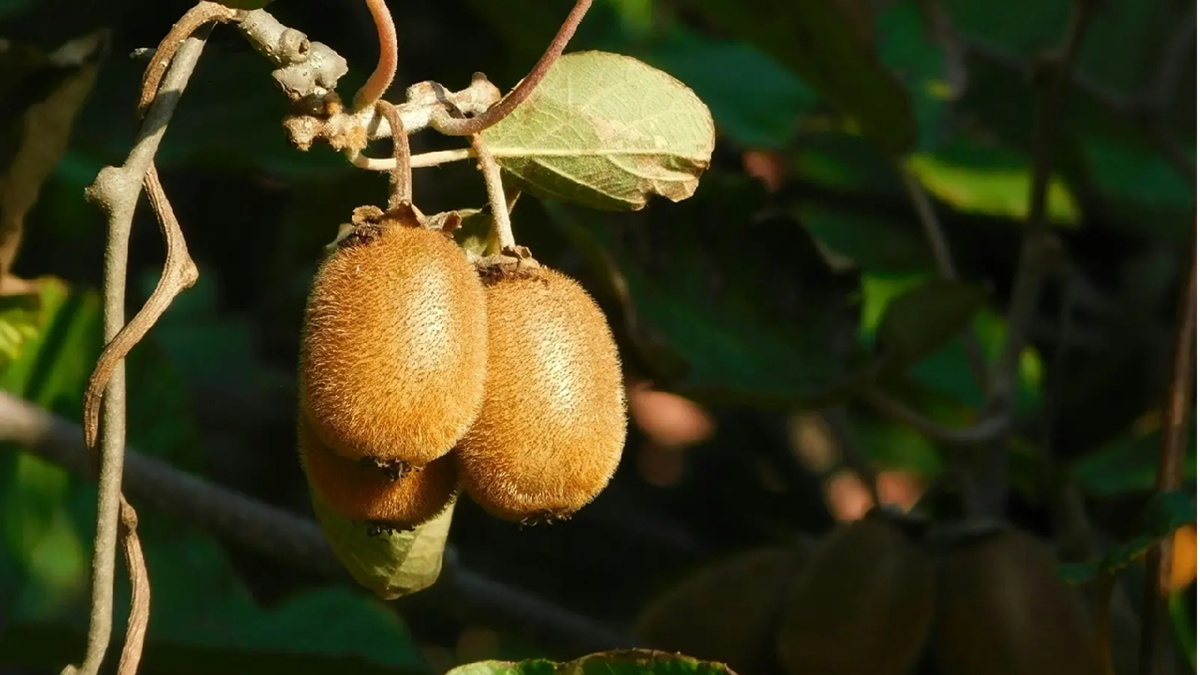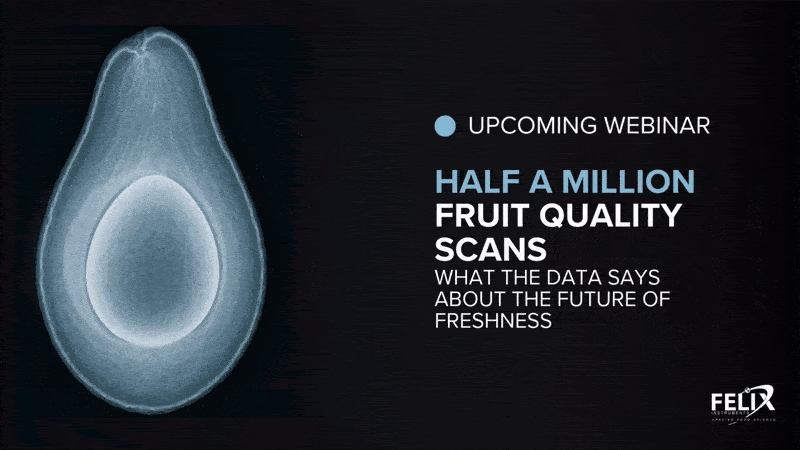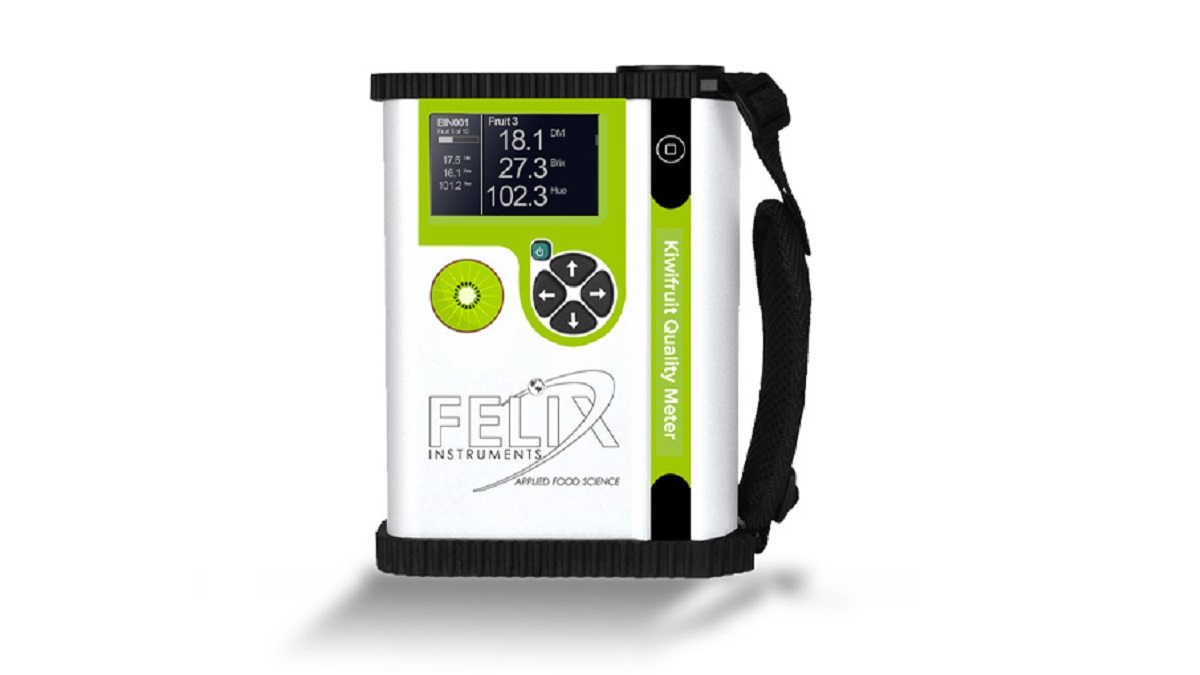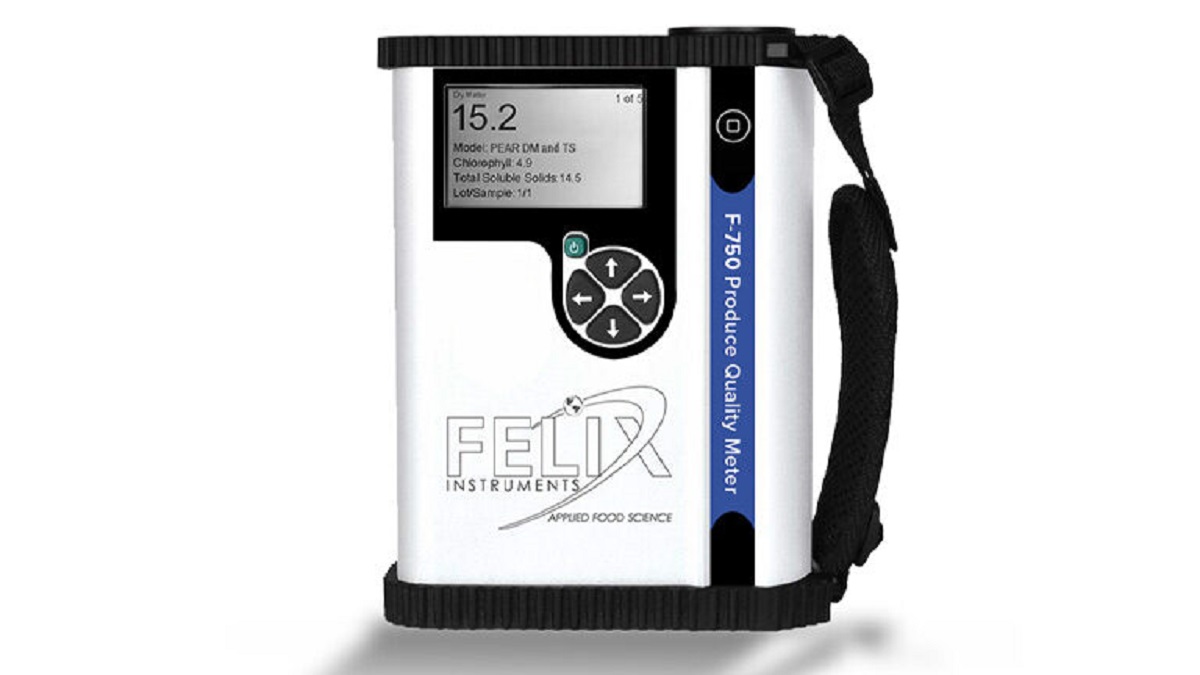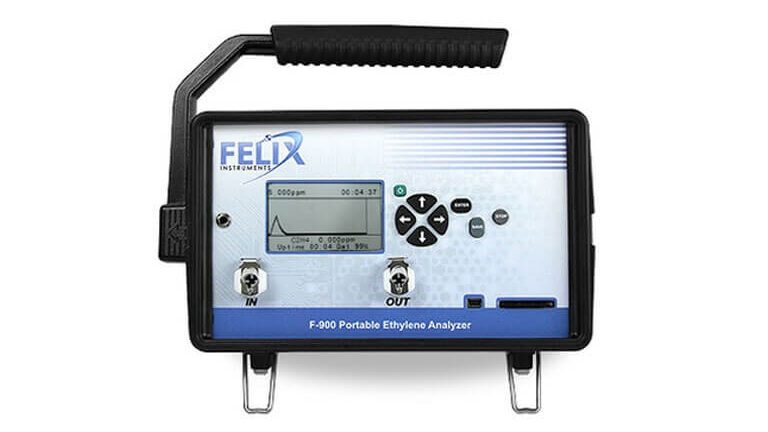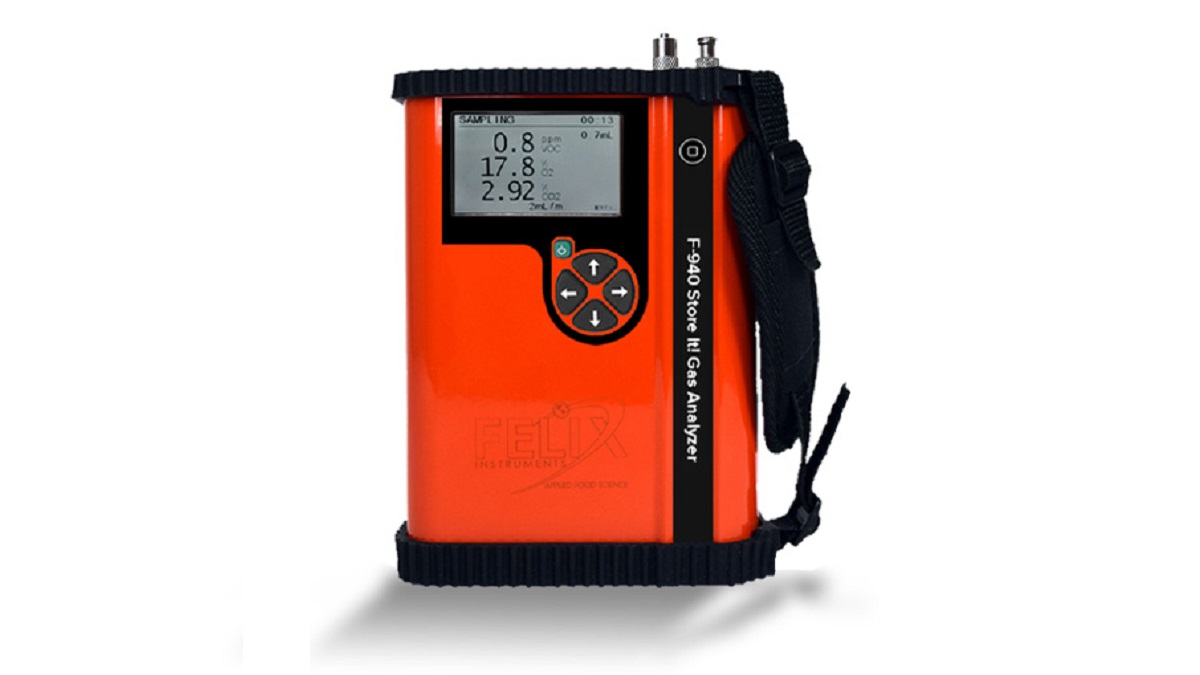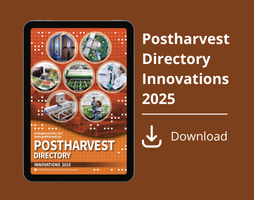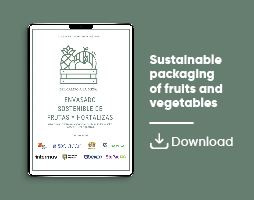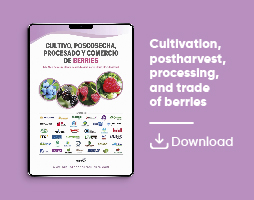

Felix Instruments
Measurements
How to Know the Best Day to Pick Sweet Cherries
Determining the optimum harvest time is critical for sweet cherries, a highly perishable fruit with a short picking window. Using maturity indices such as color, firmness, and soluble solids content helps growers deliver better quality, longer shelf life, and higher returns
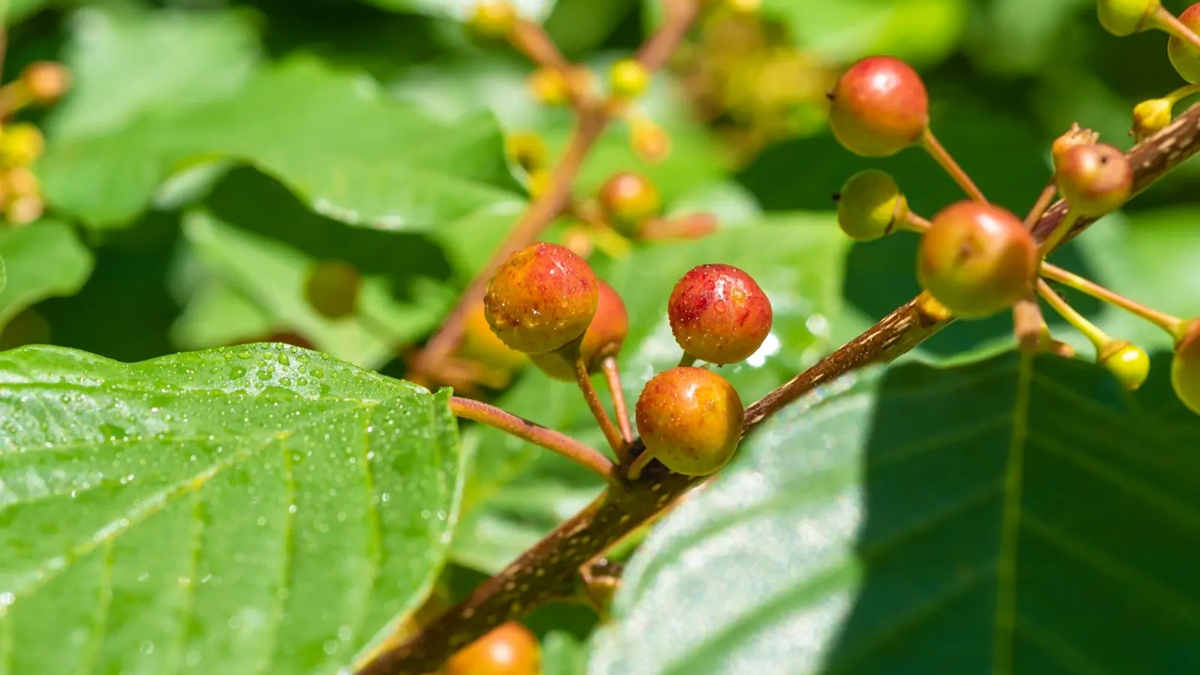
Sweet cherries have a very short harvest window each year, and determining the right picking time is essential to secure consumer acceptance, extend shelf life and increase profitability. Researchers and growers use different harvest maturity indices to identify the optimum date, which vary depending on cultivar and region. Felix Instruments provide tools to measure key parameters including skin color, weight, firmness and internal quality indices like soluble solids content (SSC) and titratable acidity (TA).
Because cherries are non-climacteric fruits with high respiration rates, they are extremely perishable. Harvesting too early results in small, poorly colored fruit with limited flavor, while delaying too long can cause decay, cracking or stem browning. Studies show that even a few days can make a difference: cherries harvested at the optimum date can be up to 40% larger, darker and better tasting than those picked prematurely.
Chronology-Based Indices
One of the simplest approaches is to calculate days after full bloom (DAFB). For instance, the Lapins cultivar in Turkey is harvested around 64 DAFB, when weight, size and flavor are at their best. Similar studies in Denmark identified optimal harvest times for ten cultivars, ranging from 44 days for Annonay to 94 days for Stevnsbaer, with air temperature improving accuracy. Chronology offers a non-destructive and practical tool for growers, provided there are long-term records of phenological and weather data.
Physical Quality Indices
Skin color remains the most commonly used maturity index, since darker cherries are preferred by consumers. Color changes from yellowish (immature) to dark red (ripe), and can be measured visually or with tools such as chromometers. In the US, the CTIFL color scale is often applied, with a score of around 2.7 considered suitable for ‘Sweetheart’ cherries.
Weight and size also serve as benchmarks. In the US, cherries must reach at least three-fourths of an inch to qualify as Grade No. 1. For Lapins cherries in Turkey, optimum harvest corresponds to about 93 g of fruit weight and dimensions close to 27 mm wide and 25 mm long.
Firmness is another key trait, typically measured with a penetrometer. Values decrease as fruit softens: Lapins cherries in Turkey drop from 15.4 N early in the season to 7.7 N later on, while in Afghanistan Burlat cherries are considered ready at around 0.65 N.
Chemical Indices
Internal attributes complement physical traits. SSC, which reflects sugar content, increases as fruit ripens and is closely associated with consumer preference. US standards require a minimum SSC of 15–16%, while studies in Afghanistan found that Burlat cherries reached harvest maturity at about 22.5 °Brix.
At the same time, TA levels decline during ripening, shifting the SSC:TA ratio. This balance between sweetness and acidity defines flavor. In Turkey, an SSC:TA ratio of 20 is considered optimal for Lapins cherries. In the US, consumer panels preferred cherries picked at mid-season, when sugars and flavors were acceptable and shelf life was longer.
Towards Practical Tools for Growers
Sugar estimation is often simpler and less expensive when using refractometers, while color and pH measurements may require more sophisticated equipment. Near-infrared (NIR) spectrometers, though costlier, provide the advantage of being non-destructive and faster. Portable devices such as the F-750 Produce Quality Meter from Felix Instruments can assess internal and external color, soluble solids content and titratable acidity at the same time. Results are delivered within seconds in actionable figures, reducing the need for multiple instruments and saving time and labor costs. The F-750 has become an industry standard throughout the supply chain, from grading cherries to quality control, helping to reduce food loss and improve return on investment.
Soruce: Felix instruments


